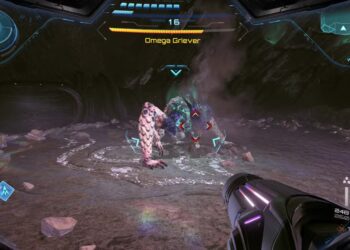Select Language:

Scientists have made significant advancements in accurately predicting the fascinating disruptions in space-time that occur when two black holes come close to each other.
A recent study published in the journal Nature on May 14 highlights how abstract mathematical concepts from theoretical physics can effectively simulate the ripples in space-time. This breakthrough paves the way for more precise models to interpret observational data, as reported by Space.com.
The motion of massive objects, such as neutron stars and black holes, leads to the creation of gravitational waves—distortions in space-time. These waves were first detected directly in 2015, exactly 100 years after they were predicted by Albert Einstein in his general theory of relativity.
Since their discovery, astronomers have leveraged these waves as a powerful tool to study some of the universe’s most dramatic and mysterious events.
Like forecasting space weather, scientists need extremely precise models to understand the characteristics of these waves. This is crucial for interpreting the signals picked up by sensitive detectors like Virgo and LIGO (the Laser Interferometer Gravitational-Wave Observatory).
To date, researchers have relied on powerful supercomputers to simulate black hole interactions by gradually fine-tuning their trajectories—a process that can be both time-consuming and computationally expensive.
Now, a team from Humboldt University in Berlin, led by Mathias Driesse, has taken a fresh approach.
Instead of focusing on mergers, the researchers investigated “scattering events,” where two black holes spiral close to one another under their gravitational influence but do not merge, continuing on separate paths. These encounters generate strong gravitational wave signals.
The team utilized quantum field theory, a branch of physics commonly used to explain interactions among elementary particles, to accurately model these events. They calculated key outcomes from black hole flybys, including the degree of deflection, the energy released in gravitational waves, and the recoil experienced by the black holes after their encounter. They began with basic estimates and gradually increased the complexity of their models.






